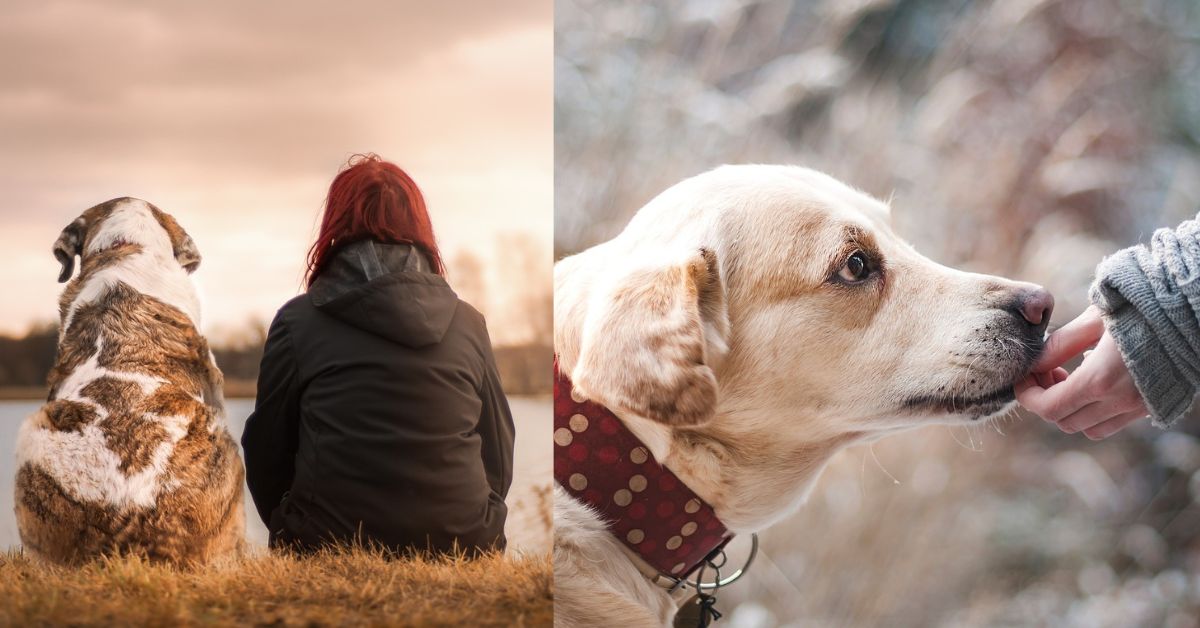Children’s Health and Safety with Pets
Embracing the companionship of a pet can be a wonderful adventure for kids, bringing valuable lessons in responsibility and empathy. Yet, fostering a healthy relationship between children and pets demands thoughtful guidance and supervision. Here are crucial guidelines to navigate this furry friendship
Supervision is Key
Never let young children be alone with any pet, no matter how well they seem to get along. Even the friendliest animals may react unexpectedly, especially if startled or provoked. Constant supervision helps minimize the risk of accidents, bites, or scratches.
Teach Pet Etiquette
Educate children on respectful interactions with animals. Basic rules include approaching calmly, avoiding loud noises, and never pulling tails or ears. Demonstrate gentle petting techniques and stress the importance of asking for permission before touching unfamiliar animals.
Mind the Playground
Create separate play areas for children and pets. Ensure that pet toys and food are kept out of reach. Teach kids not to disturb pets during meals or when they are resting.
Respect Boundaries
Even playful pets need their space. Teach children to recognize signs of stress or anxiety in animals, such as flattened ears or growling. Encourage them to step back and give the pet some alone time if they notice these signals.
Hygiene Habits
Pets can carry germs, so proper hygiene is crucial. Emphasize thorough handwashing after handling animals, especially before eating. Discourage kissing pets on the mouth and putting fingers in the mouth after interacting with them.

Vaccinations and Vet Visits
Keep your pet’s vaccinations up-to-date to protect your family and other animals. Regular vet checkups are essential for maintaining your pet’s health and addressing any potential behavioral concerns.
Choose Wisely
Consider your lifestyle when selecting a pet. Larger breeds or those with high energy levels might not be suitable for young children. Research different breeds and consult with experts to find the perfect match for your family.
Socialization Matters
Early socialization benefits both children and pets. Introduce your pet to positive interactions with children in controlled environments. Similarly, teach kids how to behave around unfamiliar animals.
Open Communication
Foster open communication with your children about their experiences with pets. Encourage them to share their fears or concerns, addressing any negative interactions calmly and without blame.
Remember, building a safe and healthy bond between children and pets requires time, patience, and consistent guidance. Follow these guidelines and prioritize responsible pet ownership to create a harmonious environment for both your furry friends and little ones.
Additional Tips
Invest in sturdy baby gates or playpens to create safe zones for children or pets.
Teach kids basic animal first aid, such as identifying and reporting potential injuries.
Consider enrolling your child in pet safety classes to learn more about responsible pet ownership.
Lead by example! Demonstrate responsible pet care and respectful interactions with animals to set a positive model for your children.
By emphasizing safety and understanding, you can ensure a lifelong bond of love and companionship between your children and pets.
Adopting Healthy – Children’s Health and Safety with Pets

